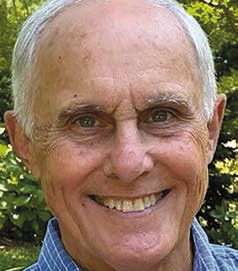Area continues to grow
Good news for bedroom communities like Hartselle – statistics show such areas are growing.
The US Census Bureau released its 2009 statistics last week. The bureau is currently finishing its 2010 official Census and those numbers are used to determine legislative boundaries and federal aid. The 2009 numbers are part of a yearly survey showing the basic population counts as opposed to more detailed Census information.
The 2009 numbers show most of the state’s cities located near economic and social hubs, such as Hartselle’s relationship to Decatur, are gaining in population.
Decatur picked up 482 residents from 2008 to 2009 for a total of 56,459 residents. In 2000, Decatur had 54,091 residents.
Cities in the next tier, like Hartselle, are called “micropolitan statistical areas,” according to Annette Watters, manager of the State Data Center at The University of Alabama’s Center for Business and Economic Research, part of the Culverhouse College of Commerce.
“Those are cities that are social and economic hubs of their areas -not quite large enough to be a metropolitan area but large enough to be significant in the region of the state where they are located. This group of cities is also growing,” she said.
Hartselle’s 2009 population was 13,968, up from 13,815 the year before. The 2000 Census had the city’s population at 12,310.
The other incorporated areas of the county showed growth, too.
The largest area of growth was in Priceville, with an increase of 101 from 2,784 to 2,885. In 2000, Priceville’s population was 1,642.
Eva grew by five people, from 589 in 2008 to 594 in 2009. Falkville picked up four people for a total population of 1,219. Somerville showed a 2009 population of 654, up six from the previous year.
The state itself is estimated to have grown in population by 6 percent, to 4.7 million.
“The central cities of all the metropolitan statistical areas grew between 2008 and 2009, with the exception of Montgomery, which lost about 480 people over that one-year period,” Watters said. Birmingham, Gadsden and Anniston stayed about the same, population-wise.






